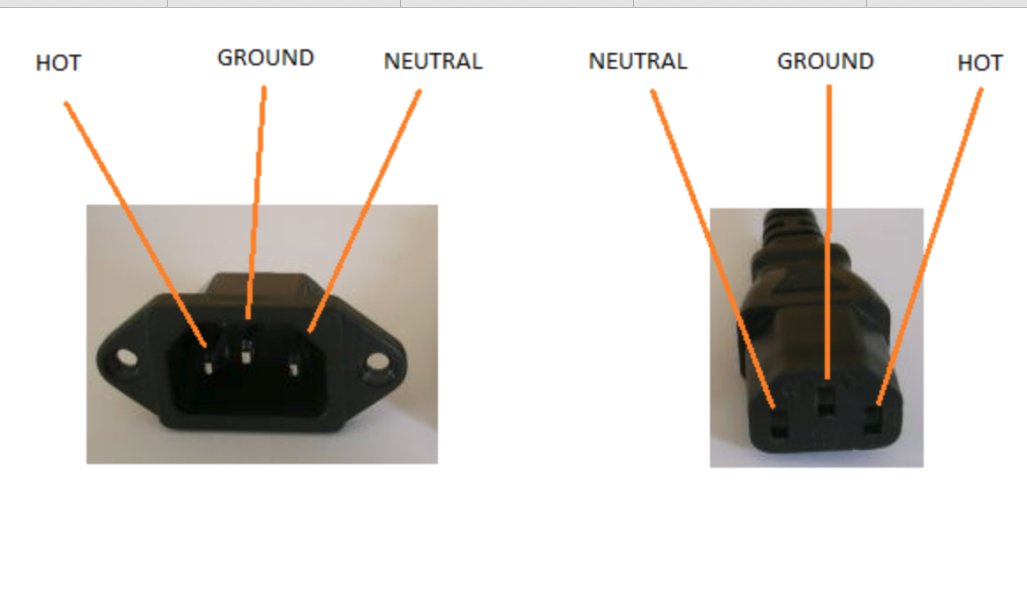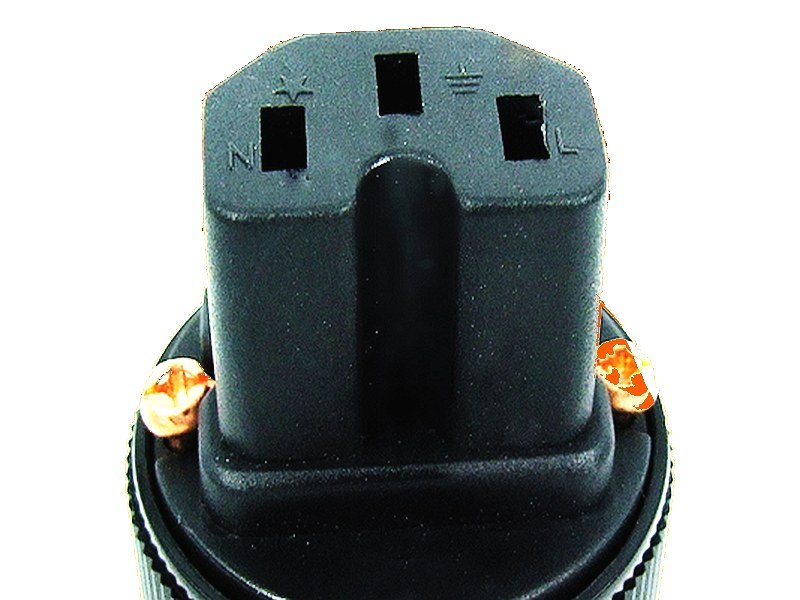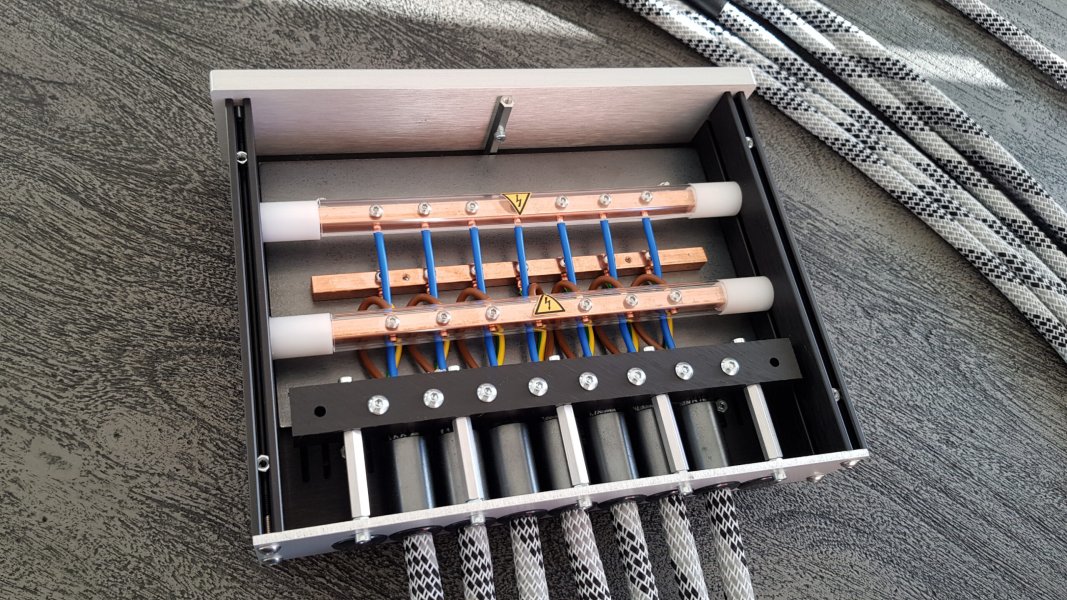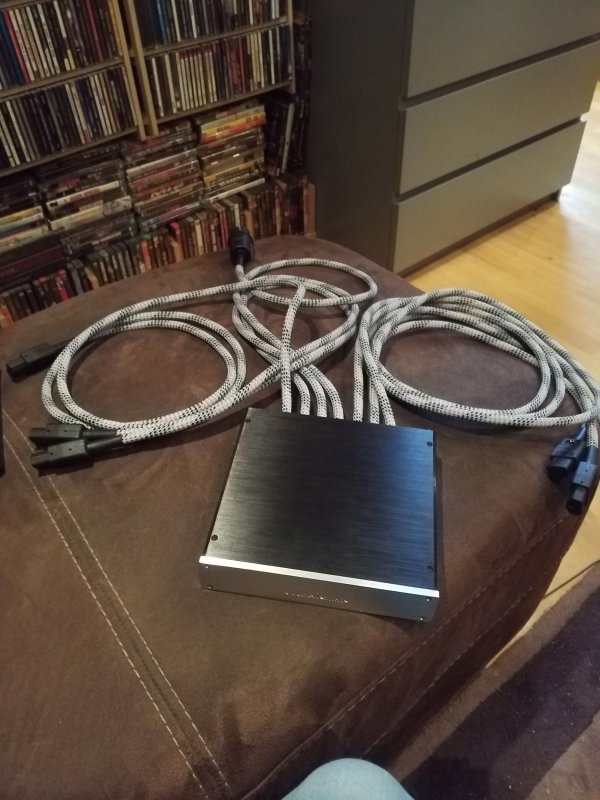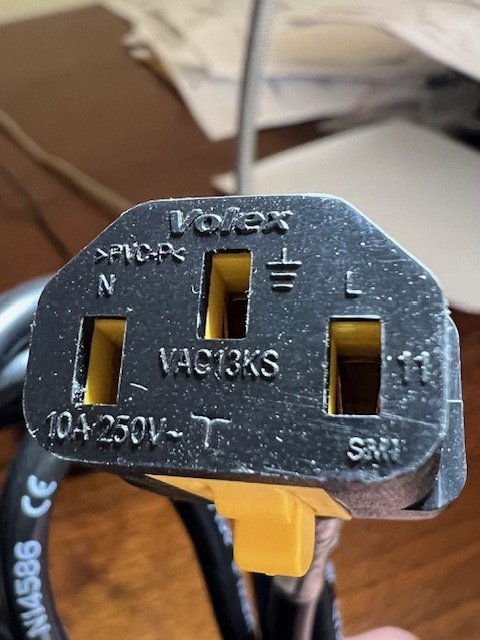Many components sound better or worse depending where Live and Neutral arrive at the component‘s IEC socket.
Many countries‘ AC plugs define where L and N are.
Having a Schuko plug, chances are 50% having it „right“, as somehow this design, patented 1932 in Germany, does not define L and N.
Astonishing, as it comes from a country brimming with regulations.
This is why my t+a DAC has clear instructions on it’s backside where L and N should arrive.
So …should L and N be as shown below with CH P components to sound their best?
In case you want to check without disconnecting there are AC polarity checkers like the Supra.
Thx a lot for your input!
Cheers,
Ulrich
Many countries‘ AC plugs define where L and N are.
Having a Schuko plug, chances are 50% having it „right“, as somehow this design, patented 1932 in Germany, does not define L and N.
Astonishing, as it comes from a country brimming with regulations.
This is why my t+a DAC has clear instructions on it’s backside where L and N should arrive.
So …should L and N be as shown below with CH P components to sound their best?
In case you want to check without disconnecting there are AC polarity checkers like the Supra.
Thx a lot for your input!
Cheers,
Ulrich


